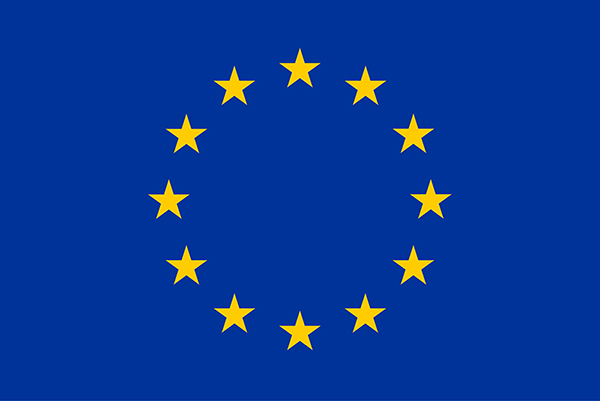
NNFCC are leading Work Package 6 (WP6), which intends to “pave the way towards market launching”. This work package aims to identify sustainable new value chains, develop novel business models, and build investment business cases in readiness for the deployment of OLEAF4VALUE products in markets and applications downstream. One of the primary objectives of this work package is to carry out market analysis on six key market sectors that OLEAF4VALUE products will potentially target in the future. These market sectors include: food additives, nutraceuticals, cosmetics, feed ingredients, pharmaceuticals, and performance chemicals. This article provides a brief overview of each of these areas of market interest.

It is estimated that the functional food ingredient market was worth an estimated $100 billion in 2021, growing at a compound annual growth rate of (CAGR) of 6.8% per year. This is considered a high growth market. However, the main challenge associated with this sector at present, and something for OLEAF4VALUE to be aware of, is that it is necessary to prove the safety and efficacy of novel natural compounds newly entering the market and so there could be regulatory hurdles to tackle here.
The global nutraceuticals market size was valued at $455 billion in 2021 and it is expected to expand at a CAGR of 9.0% from 2021 to 2030. This is considered a high growth market, attributed mainly to trends in healthier diets, as well as growing consumer concern over potential health disorders. The main challenge associated with entry to this market, however, is a lack of reliable studies to demonstrate the active properties of novel nutraceutical ingredients which could impact on the market preference of consumers.

Plant-derived ingredients are becoming increasingly popular across the wider cosmetics sector, and the cosmetics industry is constantly evolving in order to satisfy consumer preference for natural ingredients. The global herbal beauty products market was valued at $80 billion in 2019 and it is anticipated to grow at a CAGR of 5.2% from 2020 to 2027. The primary challenge to market entry here comes with the absence of studies to demonstrate the favourable properties of novel biobased ingredients, as well as studies to support their safety and toxicity which could impact on market acceptance.

The global feed additives market was estimated to be valued at $38 billion in 2021 and is projected to reach $50 billion by 2026, recording a CAGR of 5.5%, in terms of value. Several factors, such as an increased demand for animal feed, a growth in feed production, a rising awareness of feed quality, standardization of meat products due to disease outbreaks, and the implementation of innovative farming practices to improve meat quality, are all driving growth in the feed additives market. The main challenge for OLEAF4VALUE products entering this market however, will be the cost of novel biobased ingredients compared to existing ones used by the sector.
Europe is a major producer, exporter and consumer of pharmaceuticals, and the market in this region is expected to grow in the coming years, mainly due to Europe’s ageing population. Growing consumer demand for natural medicines with high efficacies is encouraging European companies to invest in R&D surrounding the use of natural ingredients. The global herbal medicine market size was estimated to be in the region of $83 billion in 2019, and it is expected to reach $550 billion by 2030, growing at a CAGR of 18.9% through to 2030. Despite strict regulatory controls applied across this sector, the use of natural ingredients in pharmaceutical products is a growing market, given the need for industry to investigate new, alternative sources for drug development. This is a potentially promising area for OLEAF4VALUE products in the future.
It is estimated that around 100 million tonnes of lignin are generated around the globe, corresponding to an approximate market value of roughly at $732.7 million. However, only 2% of this total volume is actually recovered and sold for commercial purposes at present, equating to 2 million tonnes used in various applications downstream. The market typically ranges from high value specialised applications for which lignin commands a price of >$600/ton, through to low value bulk applications. High value specialist applications include the production of BTX and vanillin for example. The majority (~60%) of lignin is sold in medium value markets where it commands a price of $300-600 per tonne. These include use in concrete mixtures, dyes and dispersants. (GIFNIC; Forestry Commission; CSL. Non-Timber Markets for Trees., Hämäläinen, V., Grönroos, T., Suonpää, A., Heikkilä, M.W., Romein, B., Ihalainen, P., Malandra, S. and Birikh, K.R., 2018. enzymatic Processes to Unlock the lignin Value. Frontiers in bioengineering and biotechnology, 6, p.20.)
There is considerable potential for growth in the market for lignin, and this is one of the key market areas that the OLEAF4VALUE project will investigate further going forward.










